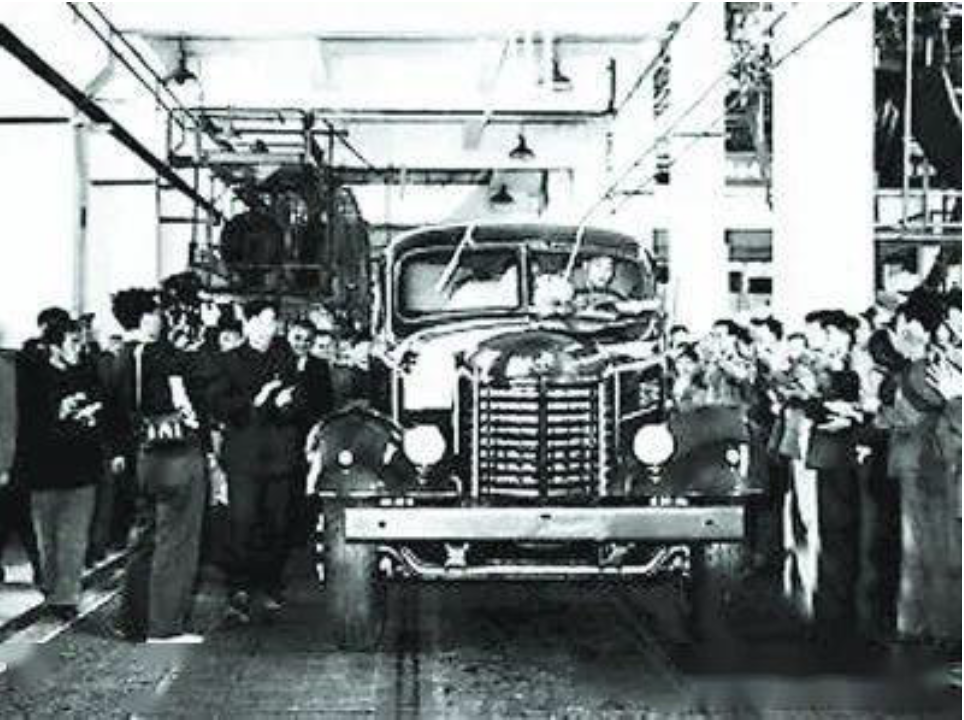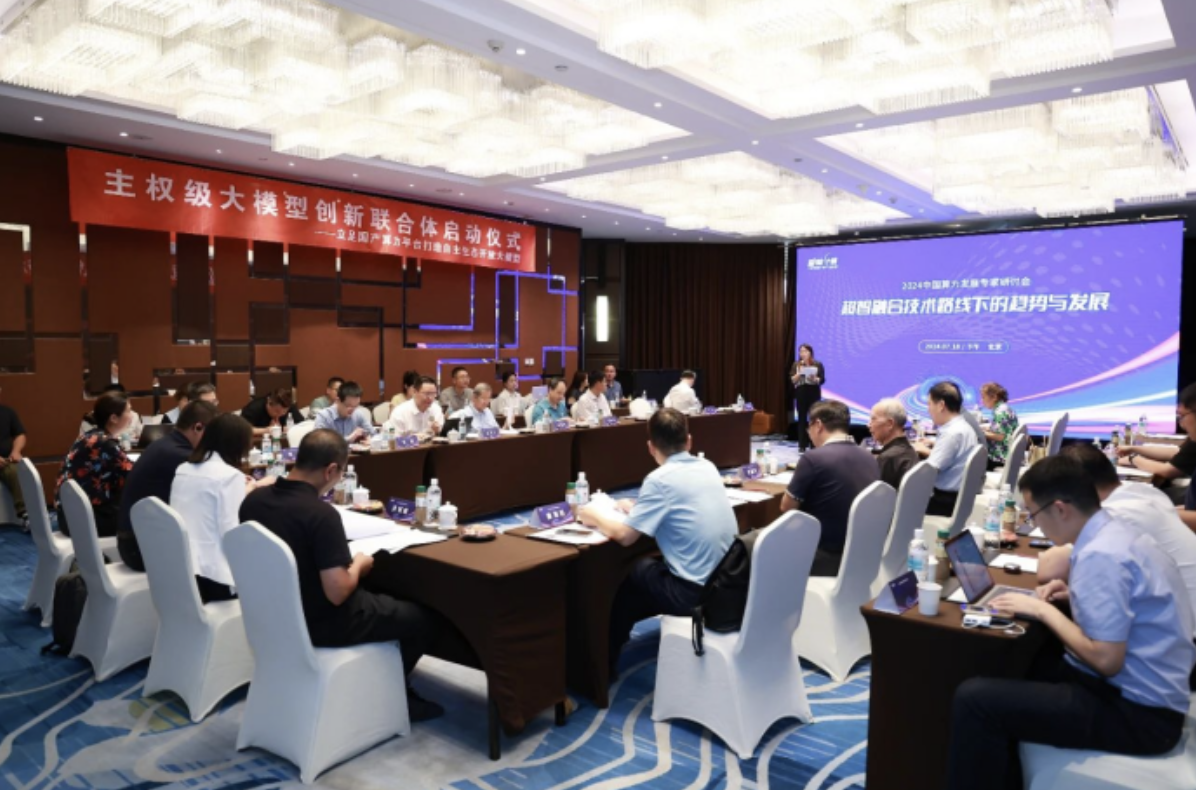
股票代码:833352
中文|



In the history of new China, the Five-Year plan is an important part of China's national economic plan. It is a long-term plan. It mainly plans major national construction projects, the distribution of productive forces and the important proportion of the national economy, and sets targets and directions for the long-term development of the national economy. The first five-year Plan, referred to as the First Five-Year Plan (1953-1957), achieved rapid growth of the national economy and laid a preliminary foundation for China's industrialization. The formulation and implementation of the first five-year Plan marked the beginning of the systematic construction of socialism.

(I)We began to work out the first five-year plan
After the founding of New China, Premier Zhou and Comrade Chen Yun were specifically responsible for organizing and leading the recovery and construction of China's national economy. In February 1951, the Central Committee held an enlarged meeting of the Political Bureau, and MAO Zedong proposed the idea of "three years of preparation and ten years of planned economic construction". It decided to implement the first five-year plan for developing the national economy, beginning in 1953, and demanded that all preparatory work for the formulation of the five-year plan be started immediately.Premier Zhou proposed to set up a leading group of 6 people to strengthen leadership. The team members are: Zhou Enlai, Chen Yun, Bo Yibo, Li Fuchun, Nie Rongzhen and Song Shaowen.
In May 1952, when the war of resistance to the United States and aid to Korea was still going on, the Central Committee of the Communist Party of China (CPC) decided on the policy of "fighting, stabilizing and building at the same time" according to the suggestions of the Central Financial Committee, and actively organized forces to begin the compilation of the first five-year plan. The central government points out that the next five years will be the first stage of China's long-term construction. Its basic tasks are to lay the foundation for the country's industrialization in order to consolidate national defense, improve the material and cultural life of the people, and ensure that China's economy moves forward along the socialist road.
In June 1952, the Central Financial and Economic Commission compiled, on a trial basis, the Outline of the Plan for 1953-1957 (Draft) and its General Explanation by division of departments and industries, based on the economic construction indicators reported by various regions and industrial departments. In the outline (draft) of the plan, only state-owned industries (especially heavy industry), railway transport and major water conservancy projects are directly planned, while agriculture, handicrafts and capitalist industry and commerce are all indirect plans. That is to say, direct plans account for only about 40 percent of the first Five-Year Plan. In the draft, specific targets and requirements are set for China's steel, machinery, coal, petroleum, electric power, chemical, electrical appliance manufacturing, light textile, aviation, tank, automobile and shipbuilding industries. Overall plans are also made for major water conservancy projects, railways and Bridges. Through the "first five-year plan, plans to enlarge (change) was built with a number of new heavy industrial zone, i.e., according to the steel and machine manufacturing industry as the center of anshan in baotou, wuhan, three regions, in petrochemical industry, non-ferrous metal and machinery manufacturing industry as the center of lanzhou area, power equipment, heavy machinery manufacturing industry as the center, Harbin, shenyang, qiqihar, xi 'an area, Jilin region with chemical industry as the center, Fushun and Datong region with coal and mining equipment manufacturing as the center, Luoyang and Chengdu region with machine manufacturing industry as the center, will initially form a new framework and roughly reasonable layout of China's industrial construction. "First five-year plan outline (draft), though relatively rough, but as the prototype of the first plans for medium and long-term economic development in our country, not only for our government to negotiate with the Soviet government assistance to China's first five-year plan project provides the basic basis, but also for our country to investigate systematically the large-scale economic construction, paint a picture of a grand blueprint.
(II)The first Five-Year Plan received considerable assistance from the Soviet Union
In late August 1952, a Chinese government delegation headed by Zhou Enlai and with Chen Yun and Li Fuchun as deputy heads of delegation was invited to Moscow to discuss with the Soviet government the question of assisting China in the construction of the first five-year Plan. Two or three days after arriving in Moscow, Stalin hosted the Chinese delegation headed by Premier Zhou at a banquet in the Kremlin. In mid-september, Stalin met with zhou enlai, Chen yun and li fuchun and discussed the following three points concerning the first five-year plan :(1) after the first five-year plan, China should be able to manufacture automobiles, airplanes and warships. The speed of industrial development in China is certain to be very fast, but there should be some margin for planning and back-up. (3) The Soviet Union's assistance to China was cheap and the technology was of the first class.
Stalin's opinion actually expressed the Soviet government's general policy of assisting our country in the first five year Plan. Now, it seems, at the time the us-led imperialist camp blockade and embargo of our country, shortly after world war ii had just ended, the Soviet union's reconstruction task is very heavy, coupled with the Soviet union had never made such large-scale foreign aid historical conditions, they aid to our country, is really make the effort.
On March 8, 1953, Zhou Enlai traveled to Moscow to attend Stalin's funeral on behalf of the Chinese Party and government. Premier Zhou took time out of his work to listen to Comrade Li Fuchun's report on the discussion with the Soviet side on the outline (draft) of the first Five-Year Plan. The premier listened very carefully and took notes in person. After returning to China, he sorted out the documents and distributed them to the relevant leading comrades for advice.
Mid to late march, the Soviet union first vice President of the council of ministers mikoyan, anastas ivanovich on behalf of the Soviet government, to the Chinese government's "1953-1957 plan outline (draft), and puts forward some opinions, such as the industrial development speed, due to increasing 20% per year, but differ as a result of construction period and recovery period, speed up, stall is shop is very big, scattered forces. So plan to increase by 14 or 15 percent a year. The main obstacle to China's industrial development is the lack of its own experts and geological data. These two tasks must precede all others. Equipment can not completely rely on imports, can produce their own production, so as to save money, and cultivate technical strength. China's first Five-Year plan calls for the development of handicraft and small industries. Handicraft industry is one of the sources of increasing financial revenue and national economic accumulation. Pay attention to agriculture. In the past three years, China has carried out land reform and achieved great agricultural gains. But in the future, such important conditions are no longer available, and we must find other ways to ensure the continued development of agriculture.
Subsequently, the CENTRAL Committee of the COMMUNIST Party of China agreed to the Soviet Government's proposal on China's "first Five-Year Plan", and the Chinese delegation went to the Soviet Union to negotiate assistance for China's "first Five-Year Plan", which lasted more than eight months and achieved a complete success.

(III)Achievements of the first Five-Year Plan
At the beginning of the first Five-Year Plan, although China's industry had recovered and surpassed the highest level in history, the starting point of industrialization was still very low. In 1952, modern industry accounted for only 26.6 percent of China's total industrial and agricultural output value, while heavy industry accounted for only 35.5 percent. Especially after the war of resistance to the United States and aid to Korea, Chinese leaders have a deeper understanding of industry, so it is more urgent to change the extremely backward state of China's industry, especially heavy industry. Under such historical conditions, China chose a road of industrialization that gave priority to the development of heavy industry by referring to the experience of the Soviet Union.
According to the first Five-Year Plan, the state will invest 76.64 billion yuan in economic and cultural development in the next five years, equivalent to more than 700 million liang of gold. This is unprecedented in the history of our country. Of the total capital investment, 58.2 percent was spent on industry and 88.8 percent on heavy industry. In drawing up and carrying out the plan, although greatly assisted by the Soviet government, the Party still insisted on and stressed the importance of self-reliance and tried its best to solve problems by itself.
With modesty and prudence of the central leadership and the great help of the Soviet Union, and the hard work of the whole nation, by the end of 1957 most of the main targets of the first five-year construction plan had been fulfilled ahead of schedule.
In terms of investment, the state invested 49.3 billion yuan in capital construction of economy, culture, education and health in the past five years, 15.3% more than the original plan. Adding the funds raised by enterprises and local governments, the total investment in capital construction was 58.8 billion yuan. By the end of 1957, there were 921 industrial and mining construction projects above the construction quota, of which 428 had been put into operation and 109 had been put into partial operation. The proportion of heavy industry production in the total industrial output increased from 35.5 percent to 45 percent in 1952, thus changing the excessively backward aspect of heavy industry in old China.
In terms of industrial layout, a large number of basic industrial sectors, which were not available in old China, began to be established one by one. By the end of 1953, anshan Iron and Steel Company completed and put into operation three large rolling mill projects, becoming the most important iron and steel industry base. In 1956, Changchun First Automobile Factory, the first truck factory in China, produced the first automobile, and Changchun became the automobile city of China. China's first aircraft manufacturer successfully trial-produced its first jet aircraft. China's first machine tool manufacturing factory - Shenyang First Machine Tool Factory was put into operation, China's first production of electronic tube factory - Beijing electronic tube factory officially put into operation. In 1957, the Wuhan Yangtze River Bridge was built, connecting the traffic between the north and the south of the Yangtze River. The Qinghai-Tibet, Kang-Tibet and New-Tibet highways have also been completed and opened to traffic, connecting Tibet with the mainland. As more than half of the capital construction investment was invested in the inland areas, a large number of industrial and mining enterprises were set up in the inland areas, which initially improved the unreasonable distribution of old China's industry which was excessively oriented towards the coastal areas. From the construction speed, large and small construction projects too numerous to enumerate. On average, one project above the quota is started or completed every day. The achievements made in industrial production during the first Five-Year Plan period far exceeded those in the 100 years of old China and were among the fastest growing in comparison with the industrial take-off of other countries in the world.
In a word, the achievements of the First Five-Year Plan have strengthened the confidence of the Chinese people in taking the socialist road, but also laid a solid material foundation for the continuous advancement of socialist industrialization in China. At the same time, it has also played a good model role for the liberation struggle and economic construction of other nations and countries around the world.
(Source from: Ningxia Industry information Technology)




